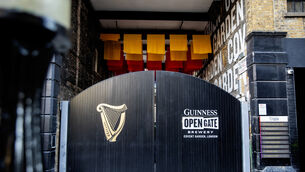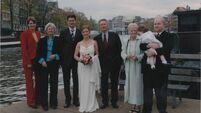Markets to closely watch ECB meeting
Inflation in the €9.6tn euro economy dropped to a fresh five-year low of 0.3% in August.
Increased geopolitical risks from the intensifying conflict in Ukraine forced Europe to impose sanctions on its third biggest trade partner, Russia, a move which dented the faltering economic rebound even further.
















